Race and Ethnicity: African American
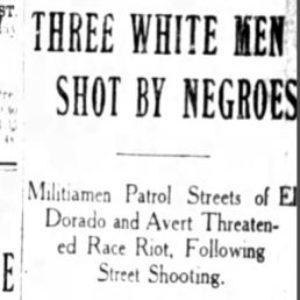 El Dorado Race Riot Article
El Dorado Race Riot Article
El Dorado Race Riot of 1910
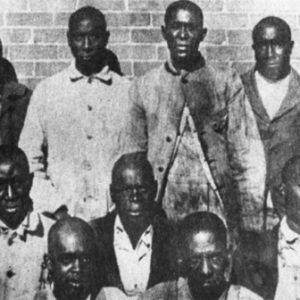 Elaine Massacre Defendants
Elaine Massacre Defendants
 Elaine Massacre Newspaper Article
Elaine Massacre Newspaper Article
 Elaine Massacre Newspaper Article
Elaine Massacre Newspaper Article
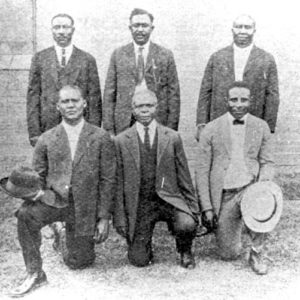 Elaine Massacre Defendants
Elaine Massacre Defendants
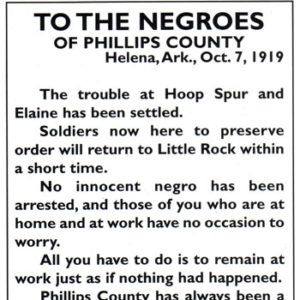 Elaine Massacre Flyer
Elaine Massacre Flyer
Elaine Massacre of 1919
aka: Elaine Race Riot of 1919
aka: Elaine Race Massacre
 Elaine Massacre Prisoners
Elaine Massacre Prisoners
Elam, Lloyd Charles
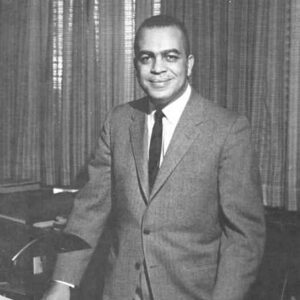 Lloyd Charles Elam
Lloyd Charles Elam
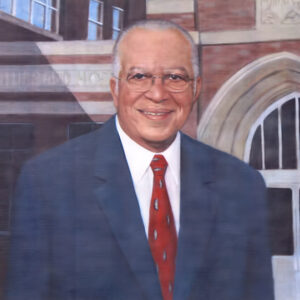 Lloyd Charles Elam
Lloyd Charles Elam
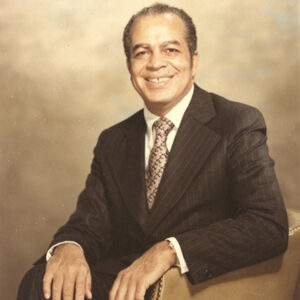 Lloyd Charles Elam
Lloyd Charles Elam
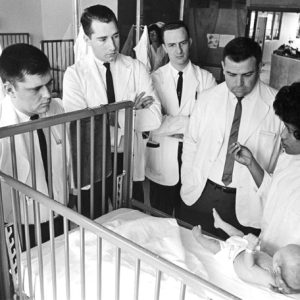 Joycelyn Elders
Joycelyn Elders
Elders, Joycelyn
aka: Minnie Lee Jones
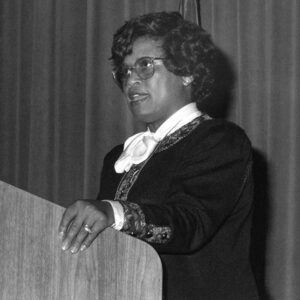 Joycelyn Elders
Joycelyn Elders
Eleventh Regiment, United States Colored Troops (US)
Elligin and Anderson (Lynching of)
 Joyce Elliott
Joyce Elliott
 Ellison and Son
Ellison and Son
Ellison, Clyde (Lynching of)
Ellison, Eugene (Killing of)
Emancipation
 Embracing Wisdom II
Embracing Wisdom II
Ernest Green Story, The
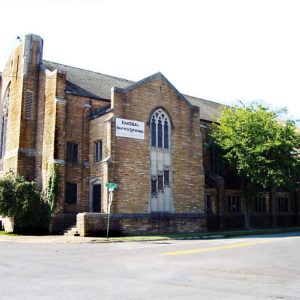 Ernie's Museum of Black Arkansas
Ernie's Museum of Black Arkansas
 Eugene Ellison
Eugene Ellison
 David Evans
David Evans
Evans, David L.
 Grover Evans
Grover Evans
Evans, Grover
Evans, Timothy C.
Fargo Agricultural School
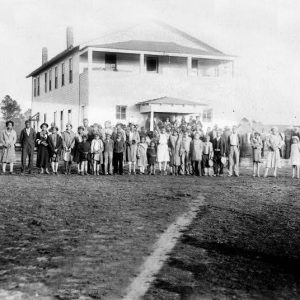 Fargo Agricultural School
Fargo Agricultural School
 Fargo Agricultural School
Fargo Agricultural School
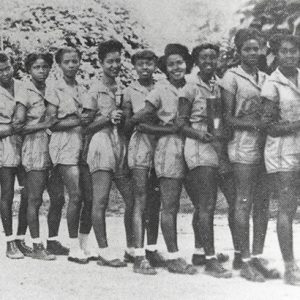 Fargo Basketball Team
Fargo Basketball Team
 Fargo Football Team
Fargo Football Team
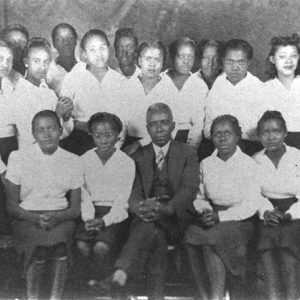 Fargo Girls Chorus
Fargo Girls Chorus
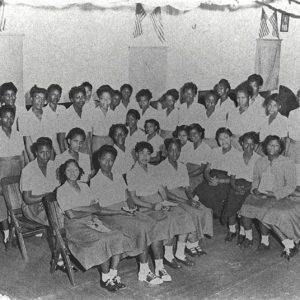 Fargo School Girls
Fargo School Girls
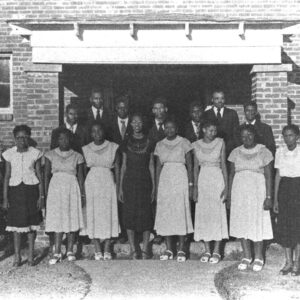 Fargo School Students
Fargo School Students
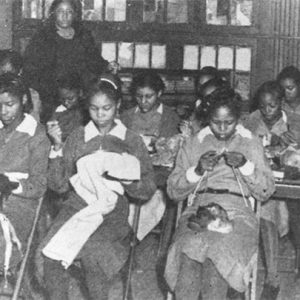 Fargo Sewing Class
Fargo Sewing Class
Farmer, John (Lynching of)
Fayetteville Schools, Desegregation of
Fifty-first United States Colored Troops
aka: First Mississippi Infantry Regiment (African Descent)
Fifty-seventh Regiment, United States Colored Troops (US)
aka: Fourth Arkansas Infantry (African Descent)
 Fifty-seventh U.S. Colored Infantry
Fifty-seventh U.S. Colored Infantry




